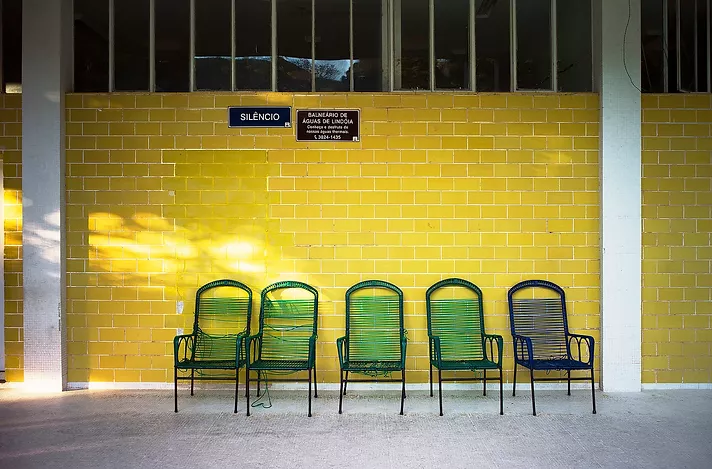MAGAZINE S/Nº
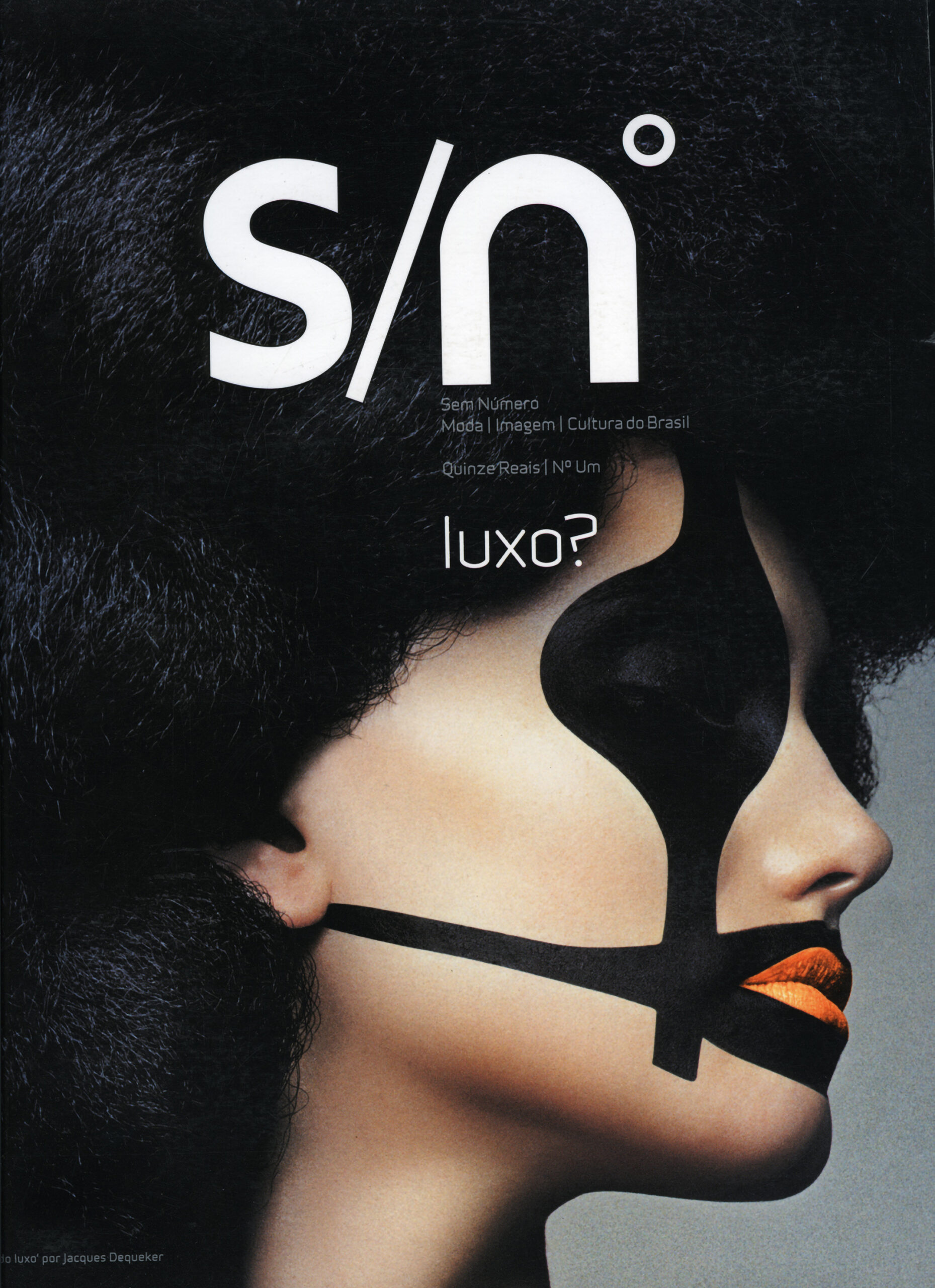 S/Nº One “Luxury?” – by Jacques Dequeker
S/Nº One “Luxury?” – by Jacques Dequeker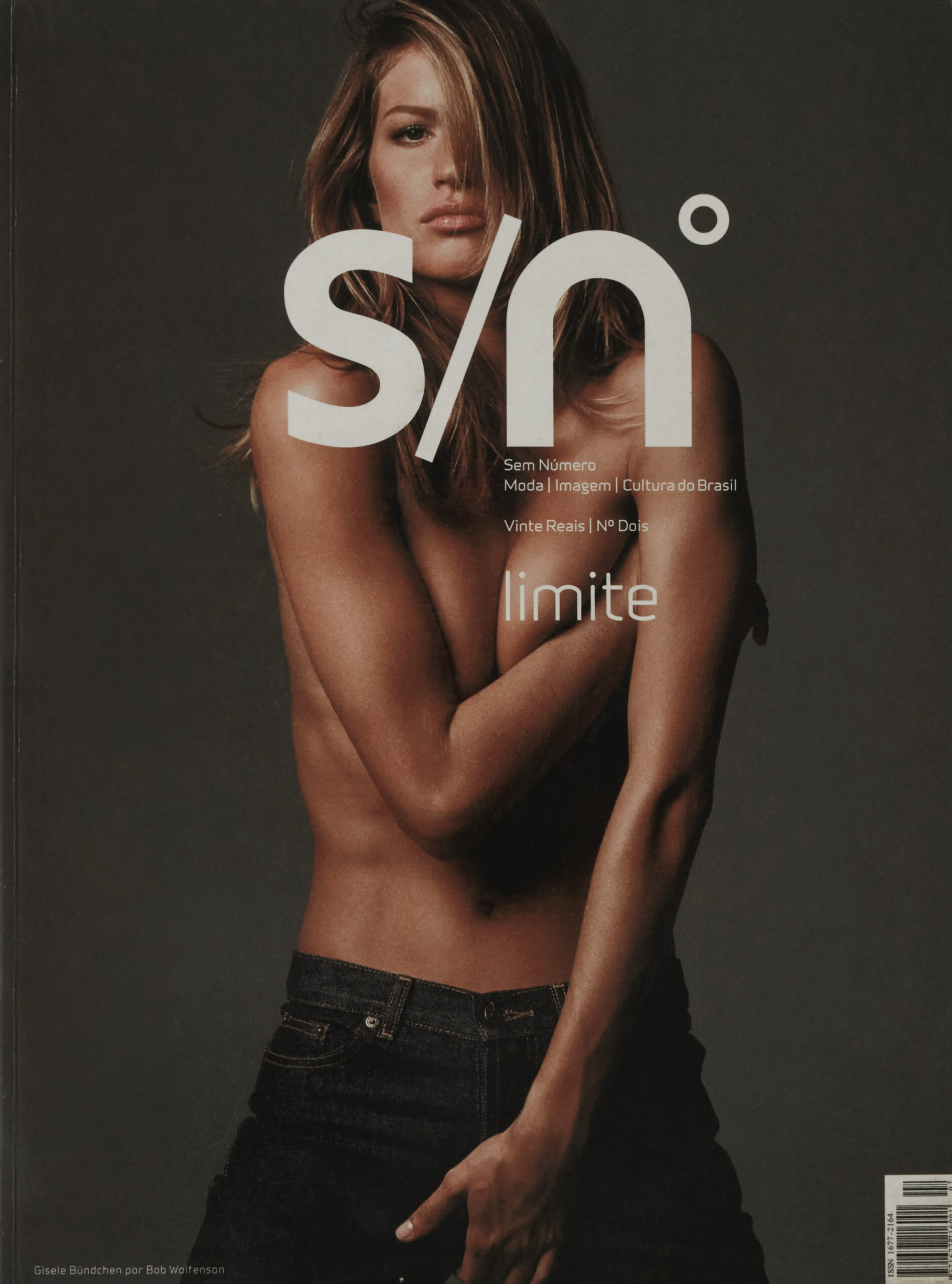 S/Nº 2 “Limit” – Gisele Bündchen by Bob Wolfenson
S/Nº 2 “Limit” – Gisele Bündchen by Bob Wolfenson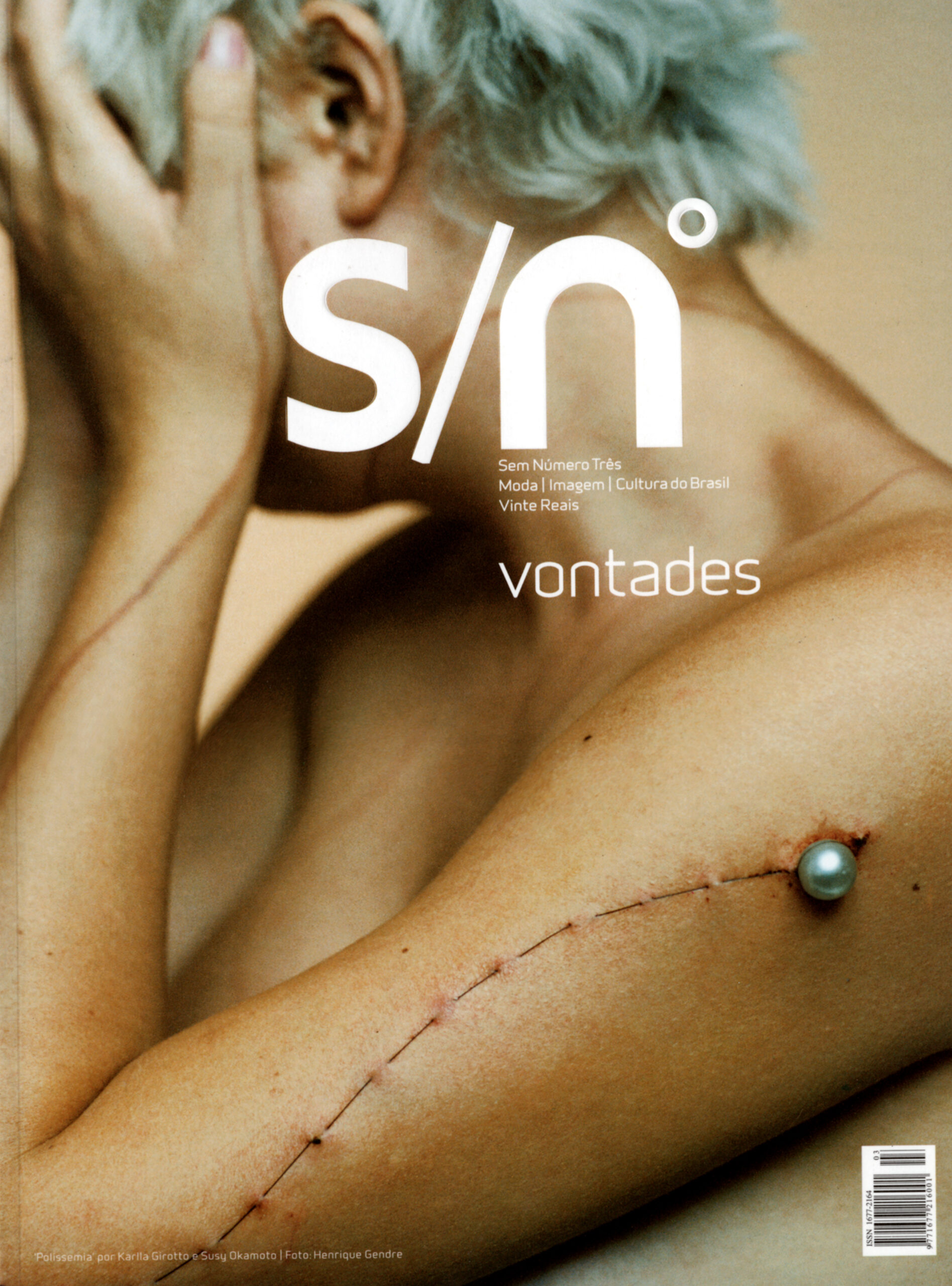 S/Nº 3 “Polysemy” – Karlla Girotto and Suzi Okamoto by Bob Wolfenson
S/Nº 3 “Polysemy” – Karlla Girotto and Suzi Okamoto by Bob Wolfenson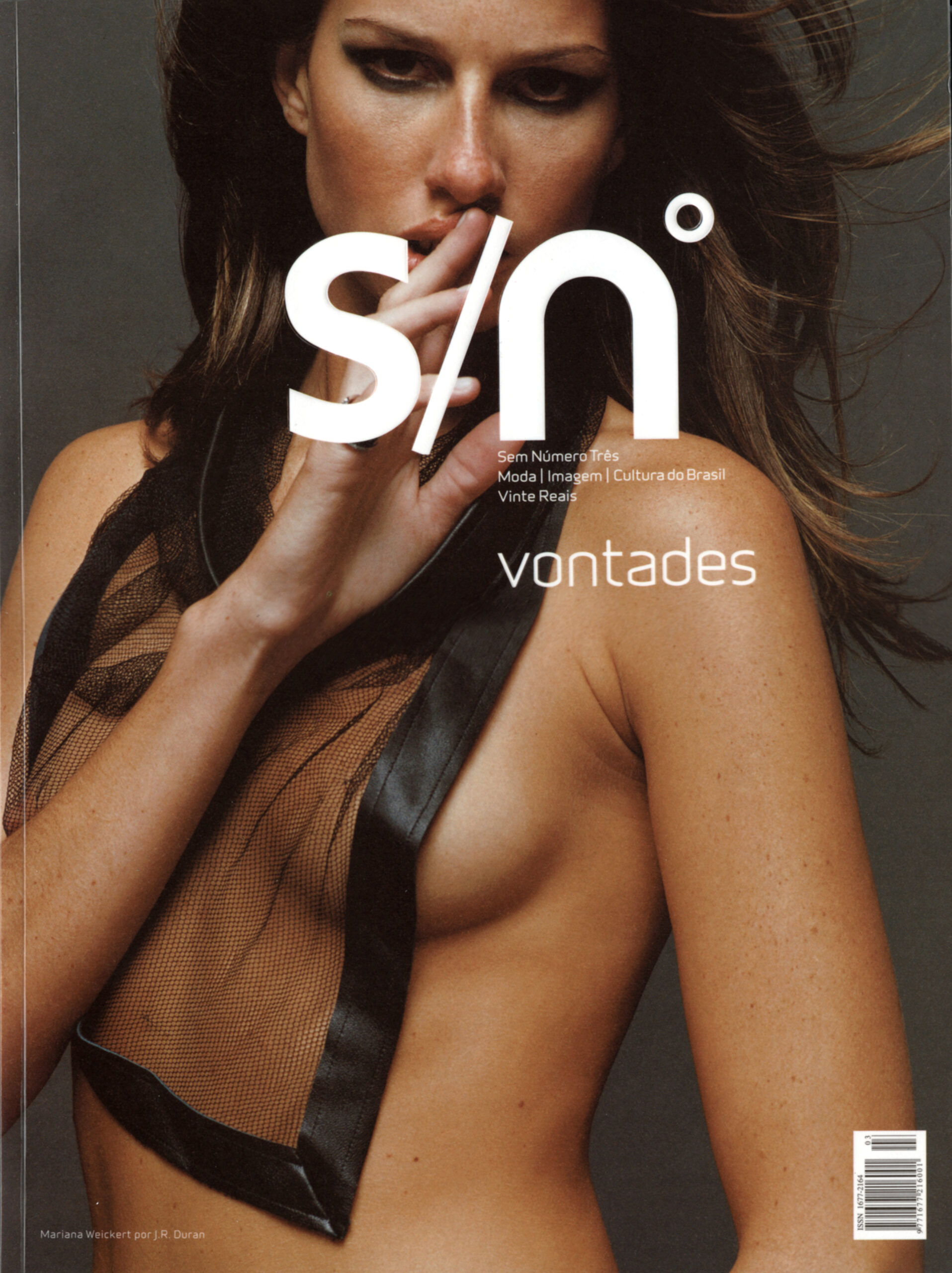 S/Nº 4 “Wills” – Mariana Weickert by J.R. Duran
S/Nº 4 “Wills” – Mariana Weickert by J.R. Duran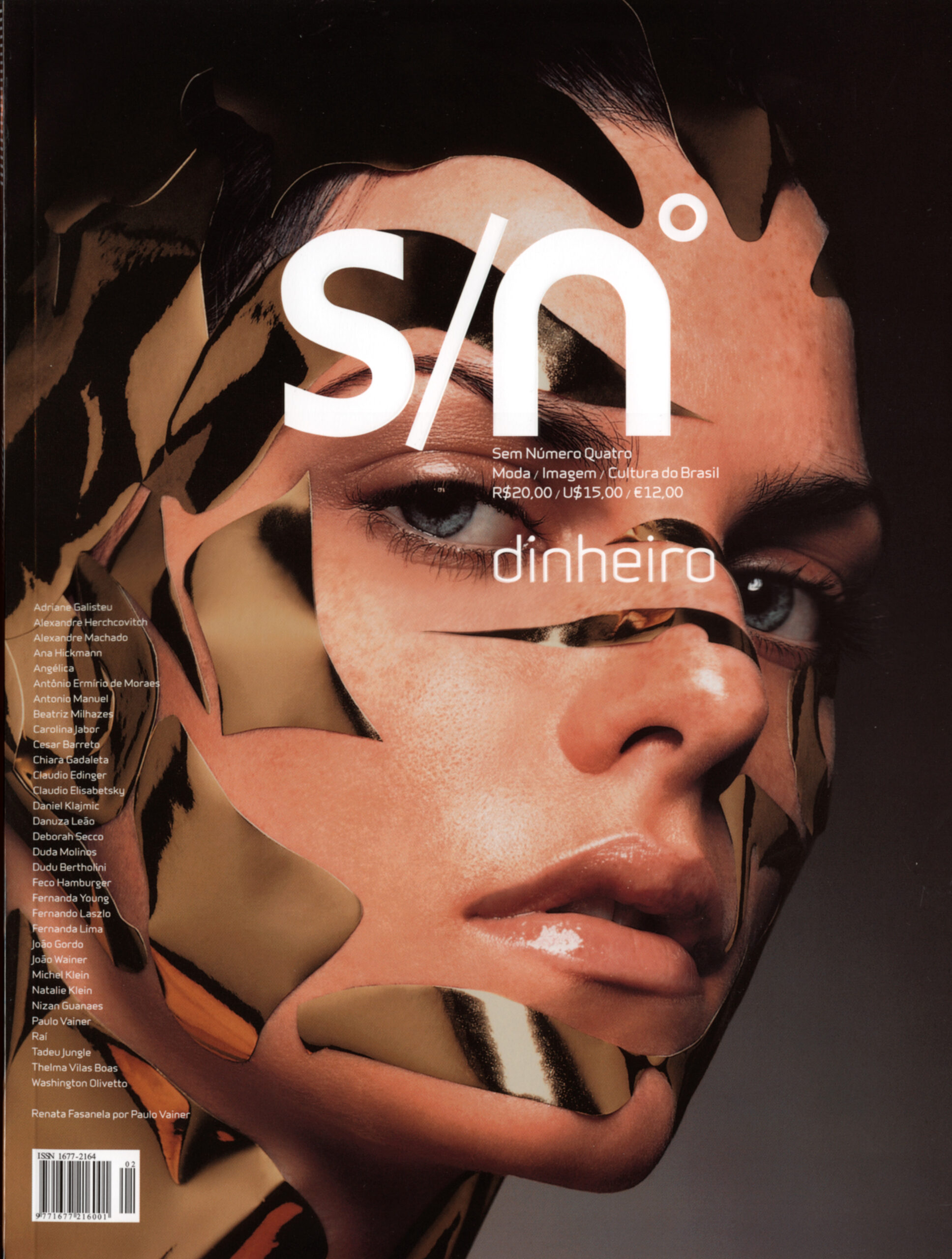 S/Nº 4 “Money” – Renata Fasanela by Paulo Vainer
S/Nº 4 “Money” – Renata Fasanela by Paulo Vainer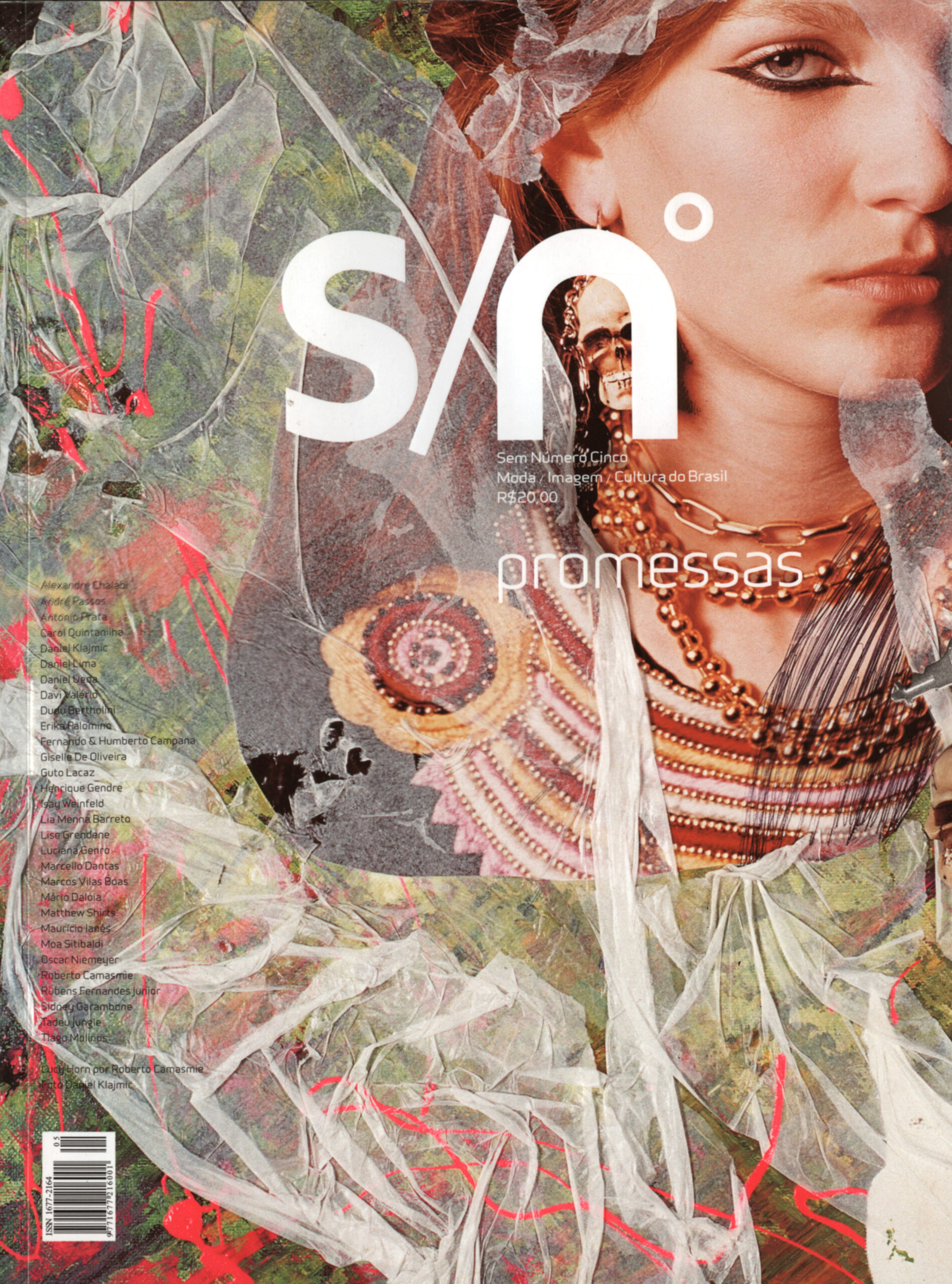 S/Nº 5 “Promises” – Lucy Horn by Roberto Camasmie
S/Nº 5 “Promises” – Lucy Horn by Roberto Camasmie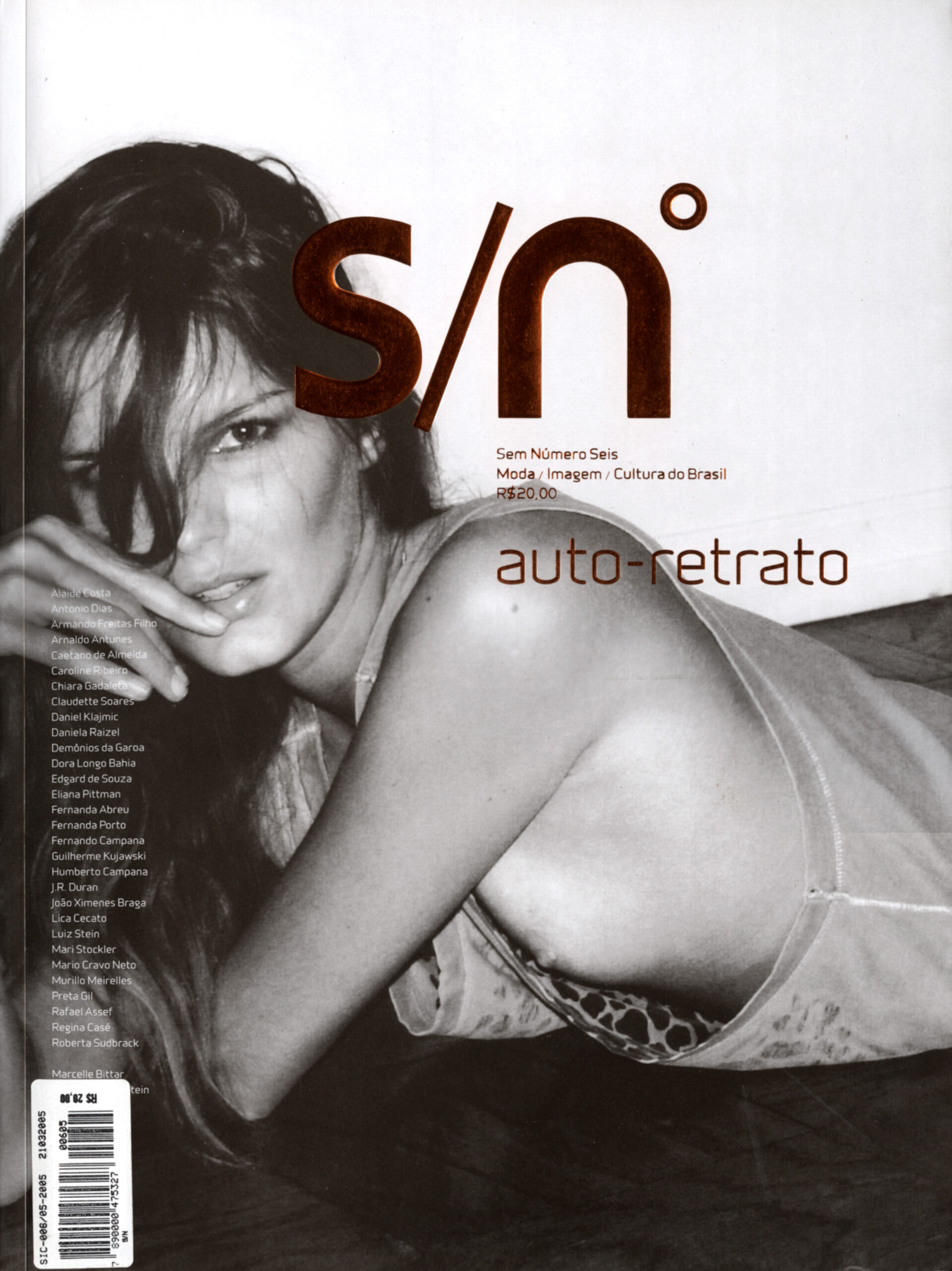 S/Nº 6 ” Self portrait” – Marcelle Bittar by Jessie Weinstein
S/Nº 6 ” Self portrait” – Marcelle Bittar by Jessie Weinstein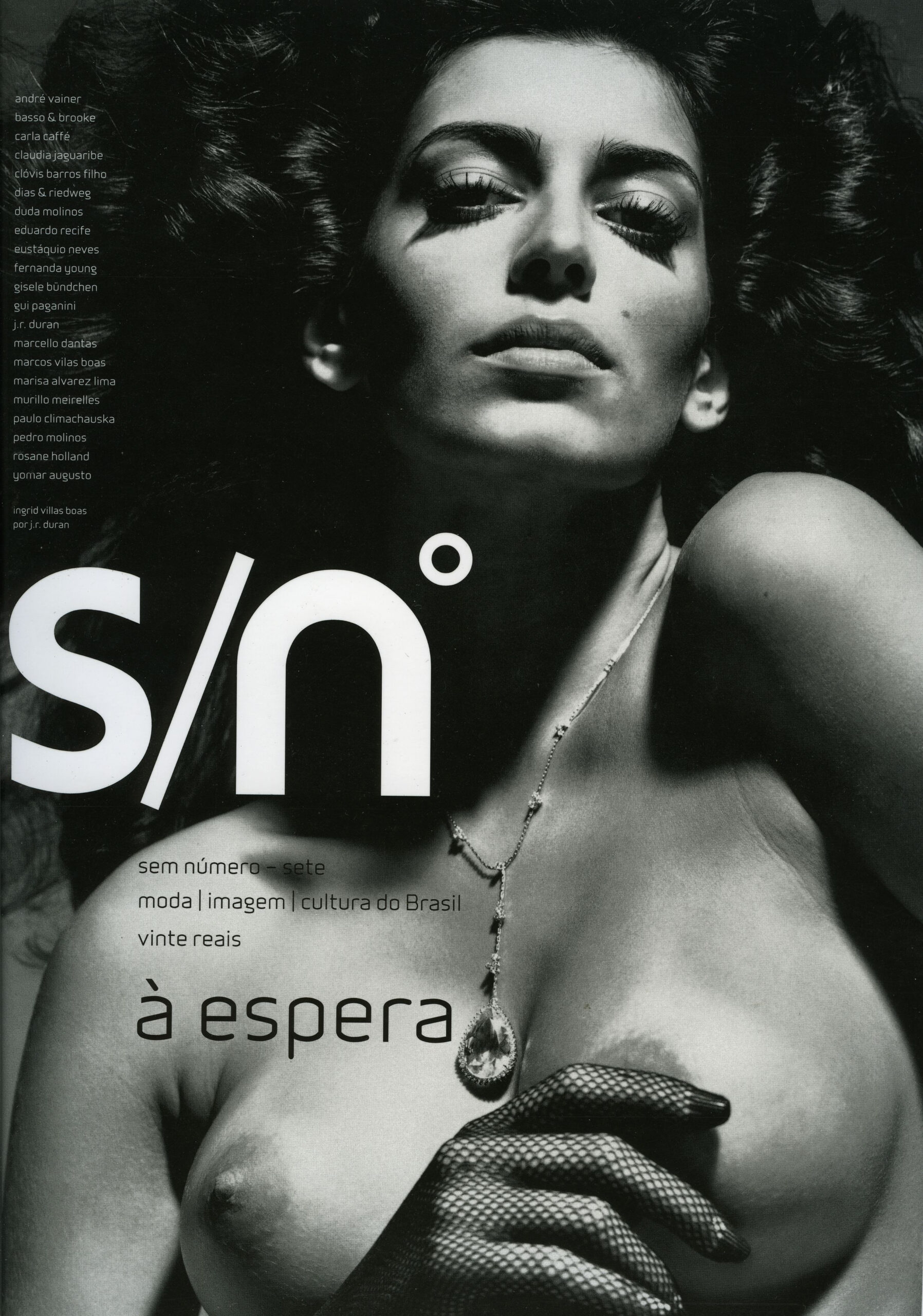 S/Nº 7 “Waiting” – Ingrid Vilas Boas by J.R. Duran
S/Nº 7 “Waiting” – Ingrid Vilas Boas by J.R. Duran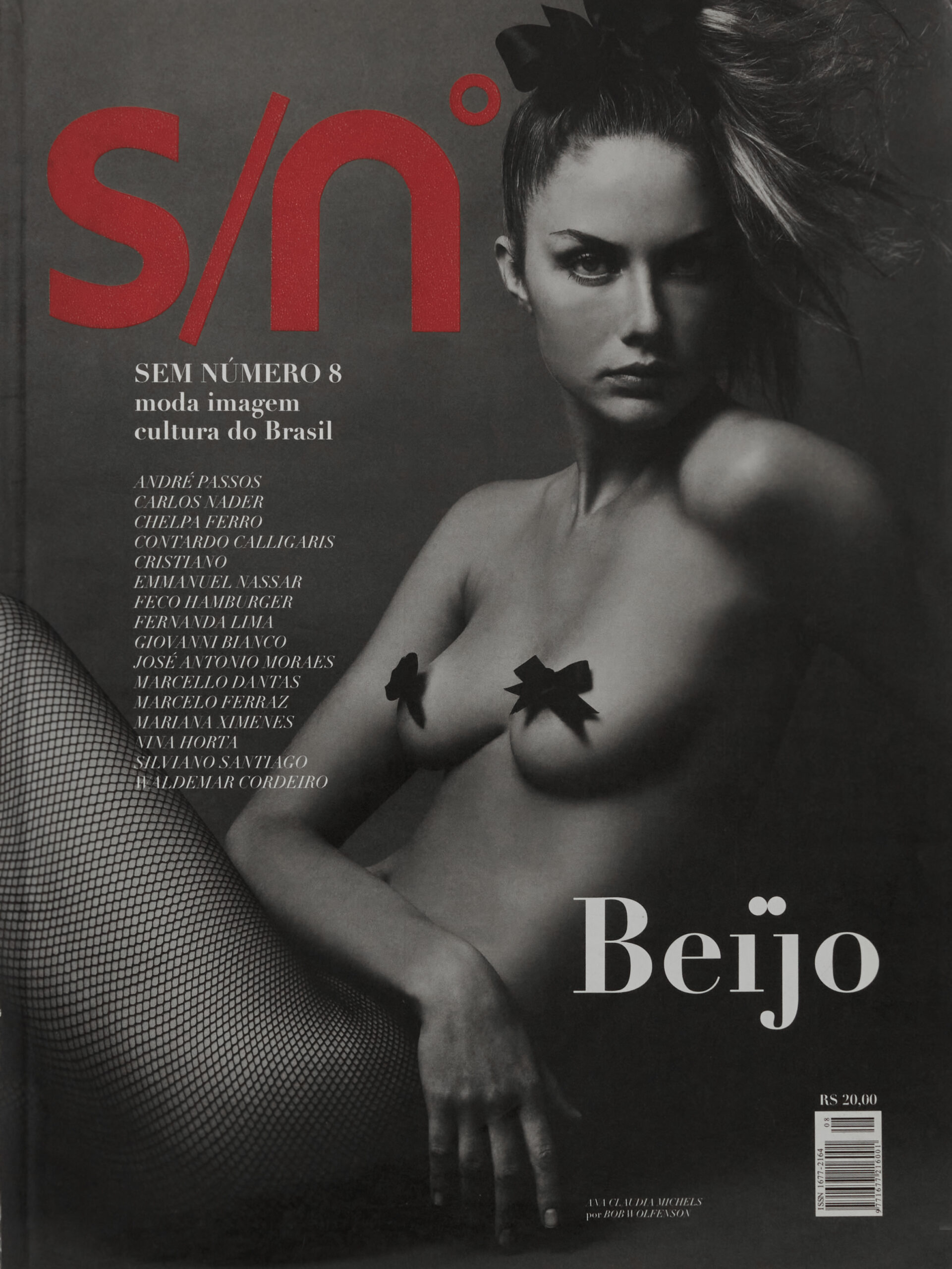 S/Nº 8 “Kiss” – by Bob Wolfenson
S/Nº 8 “Kiss” – by Bob Wolfenson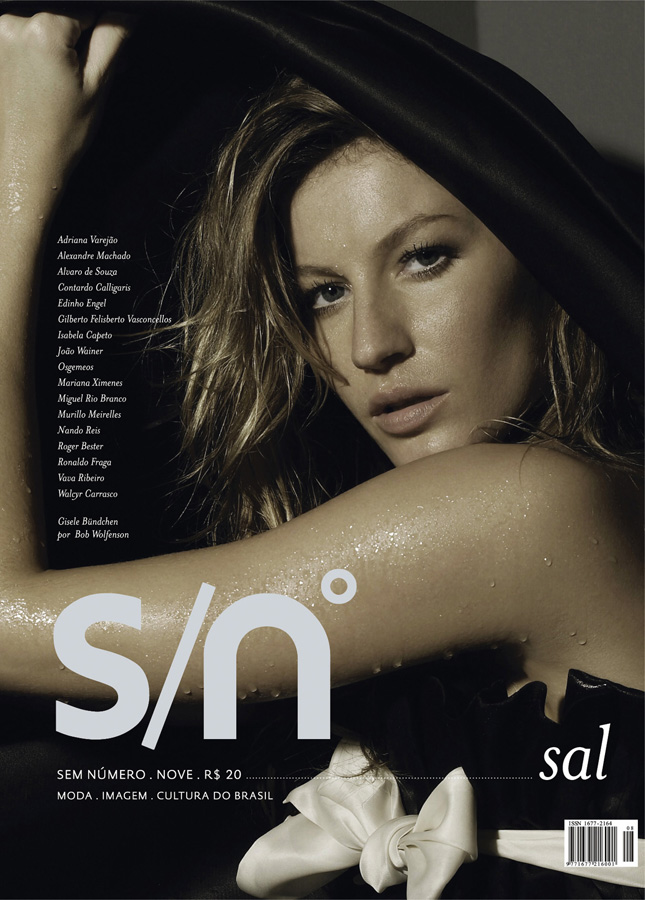 S/Nº 9 “Salt” – Gisele Bündchen by Bob Wolfenson
S/Nº 9 “Salt” – Gisele Bündchen by Bob Wolfenson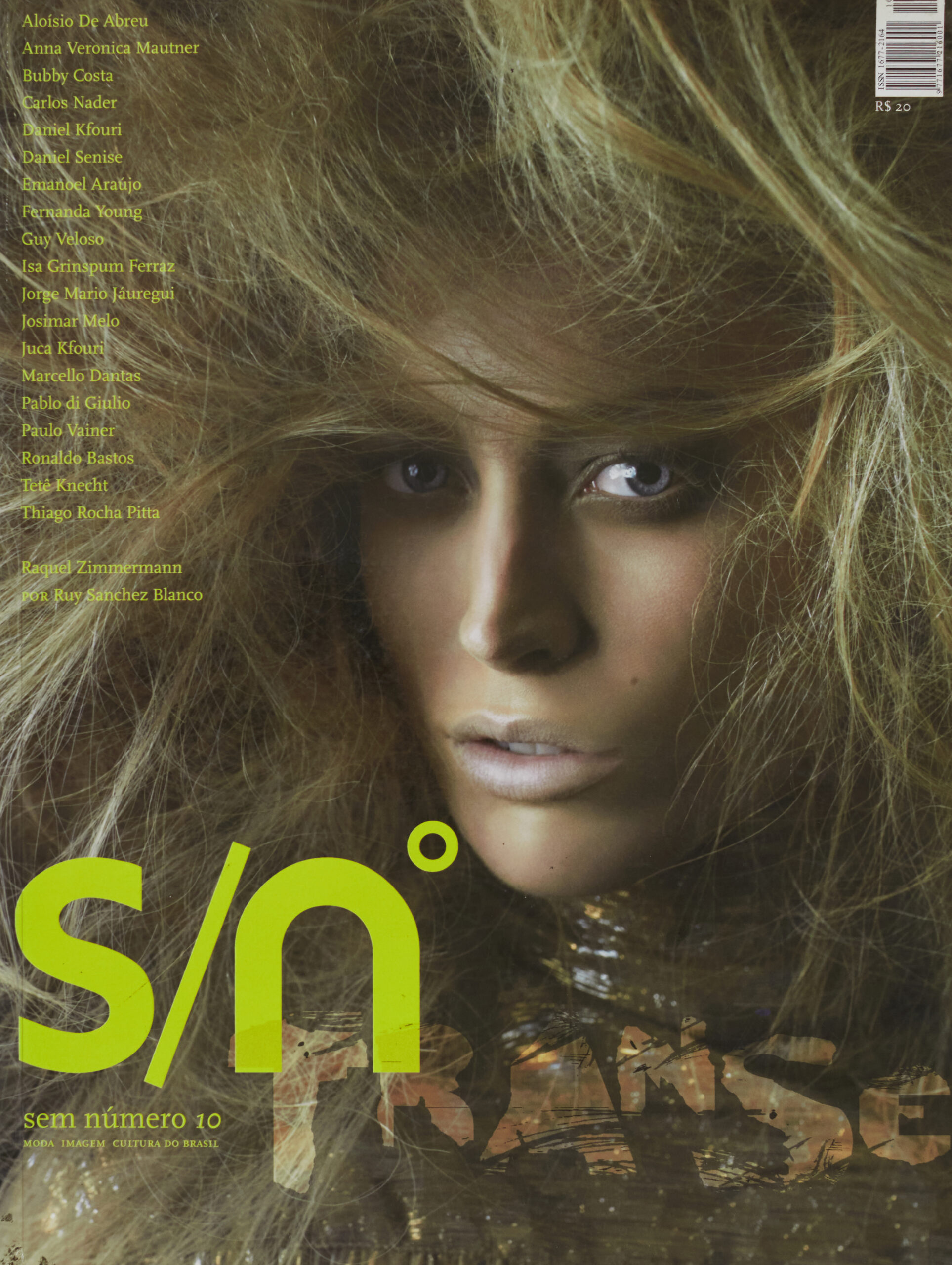 S/Nº 10 – Raquel Zimmermann by Ruy Sanches Blanco
S/Nº 10 – Raquel Zimmermann by Ruy Sanches Blanco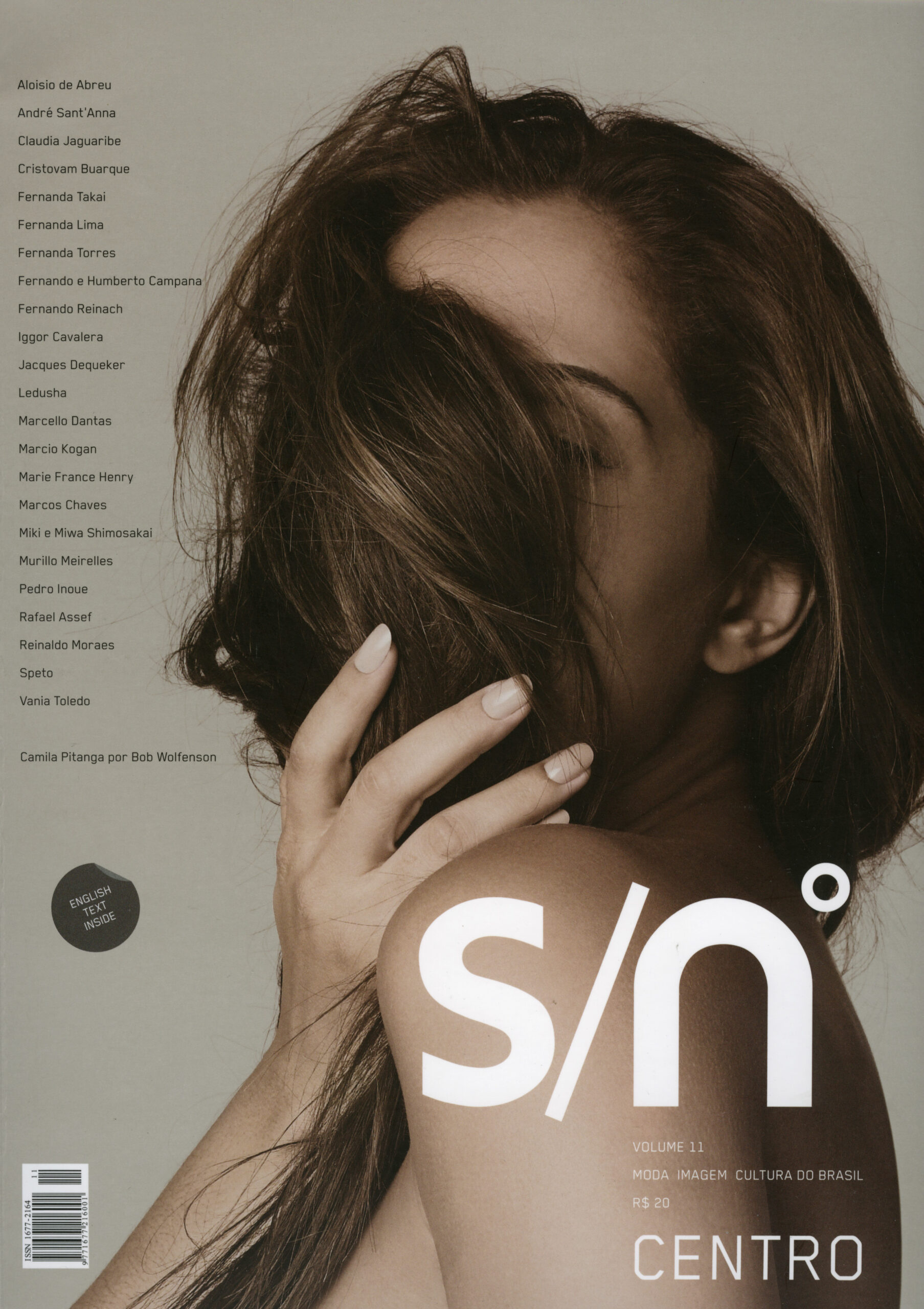 S/Nº 11 “Center” – Camila Pitanga by Bob Wolfenson
S/Nº 11 “Center” – Camila Pitanga by Bob Wolfenson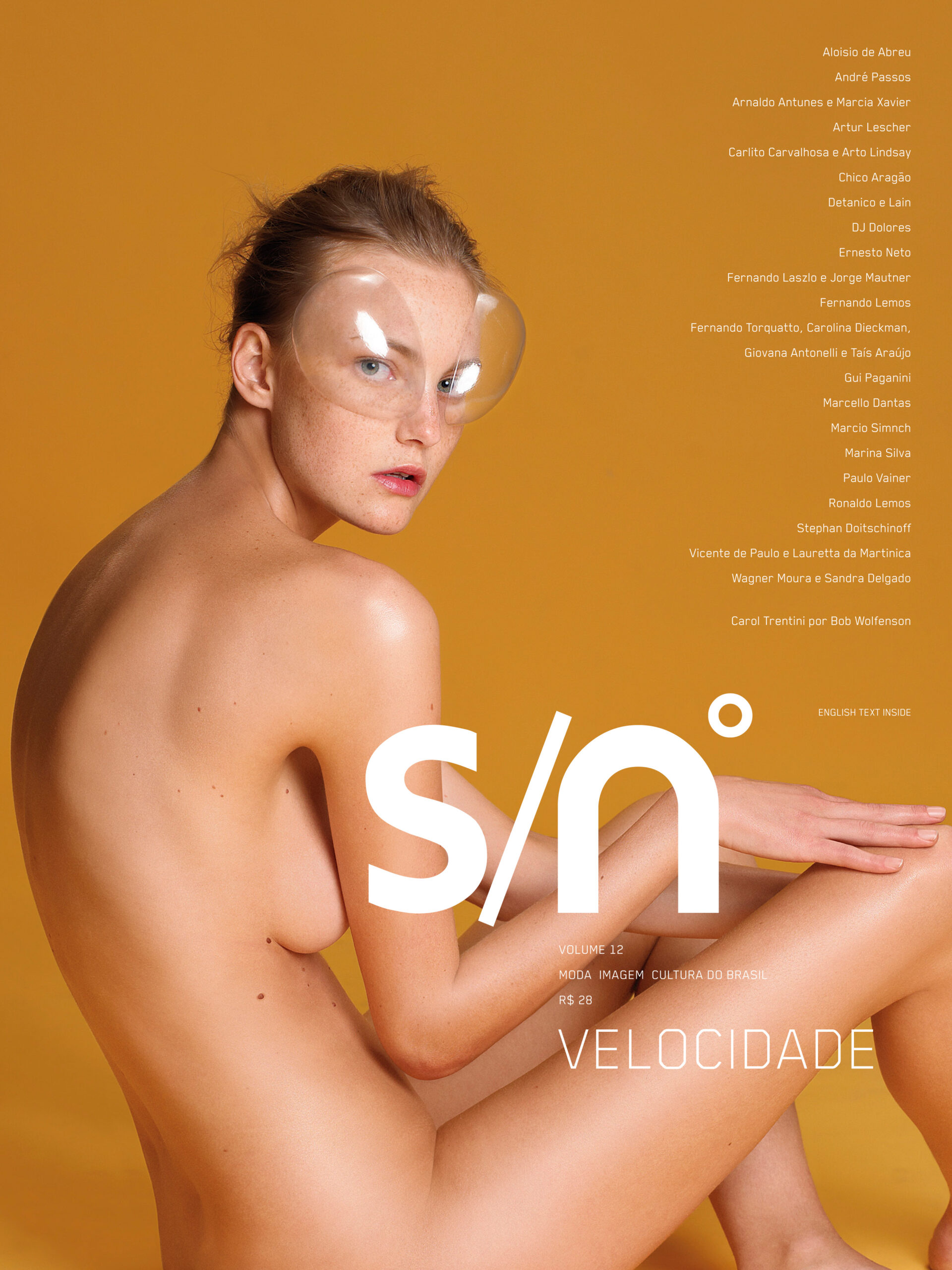 S/Nº 12 “Velocity” – Carol Trentini by Bob Wolfenson
S/Nº 12 “Velocity” – Carol Trentini by Bob Wolfenson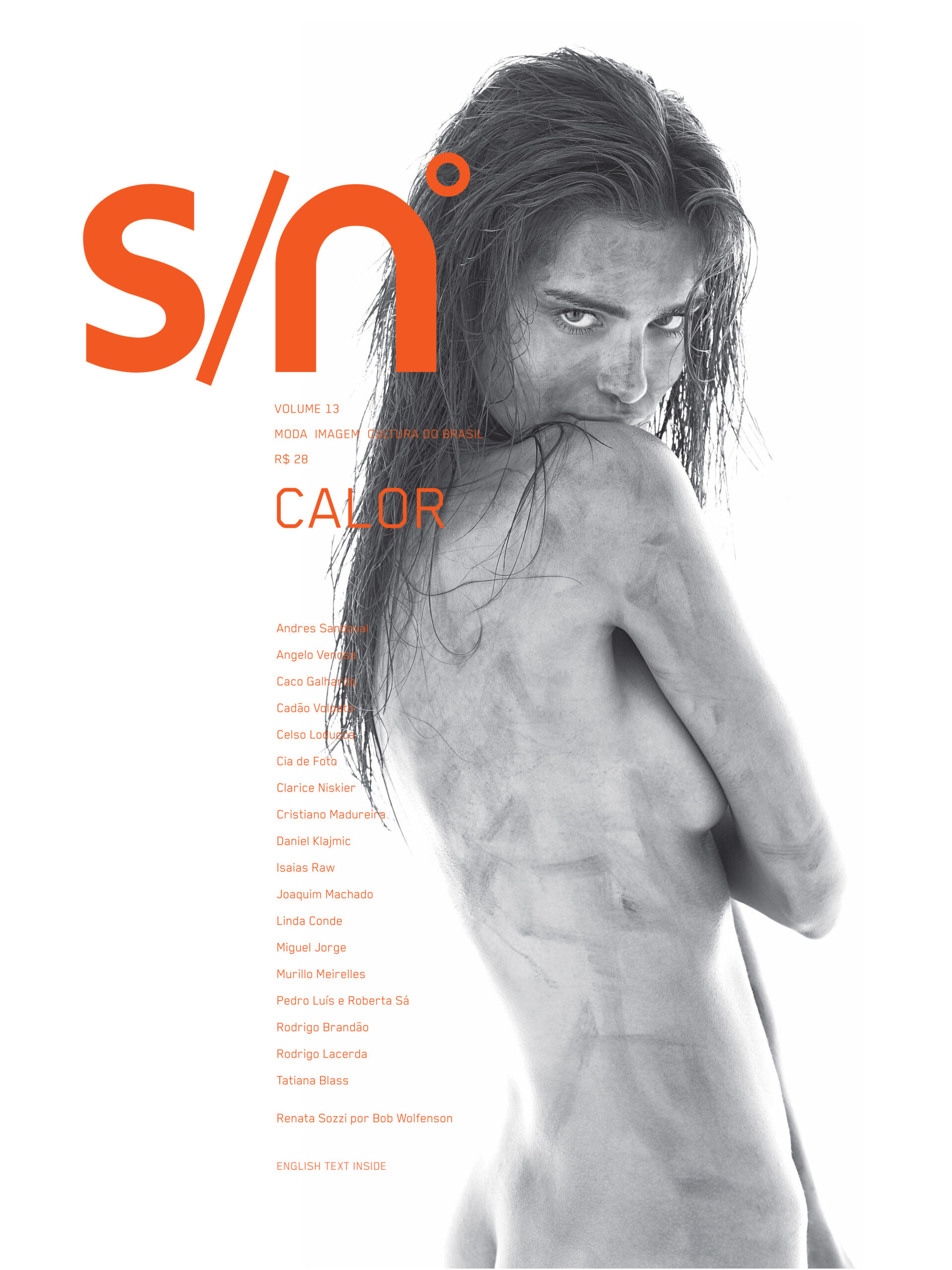 S/Nº 13 “Heat” – Renata Sozzi by Bob Wolfenson
S/Nº 13 “Heat” – Renata Sozzi by Bob Wolfenson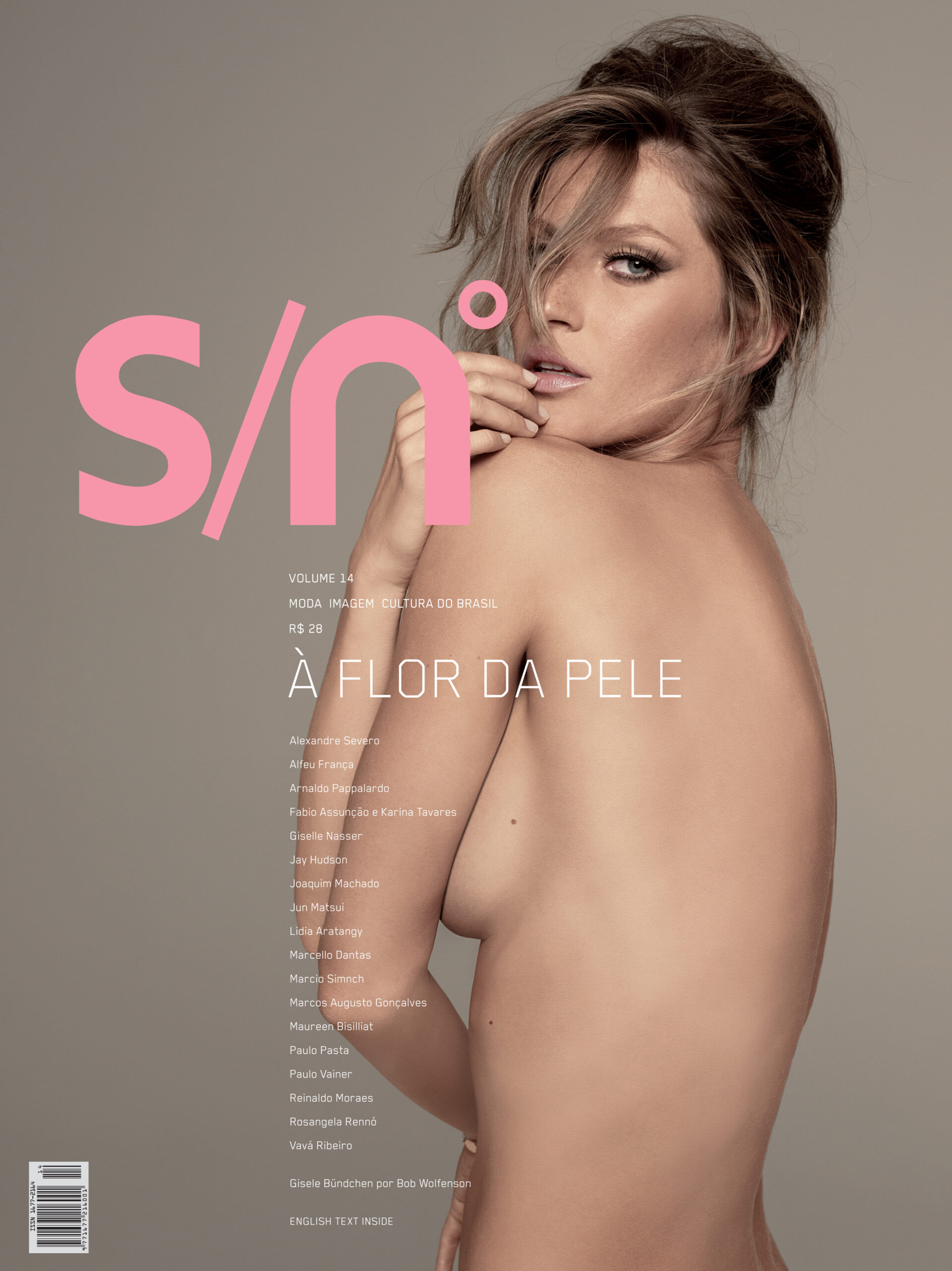 S/Nº 14 “Under the skin” – Gisele Bündchen by Bob Wolfenson
S/Nº 14 “Under the skin” – Gisele Bündchen by Bob Wolfenson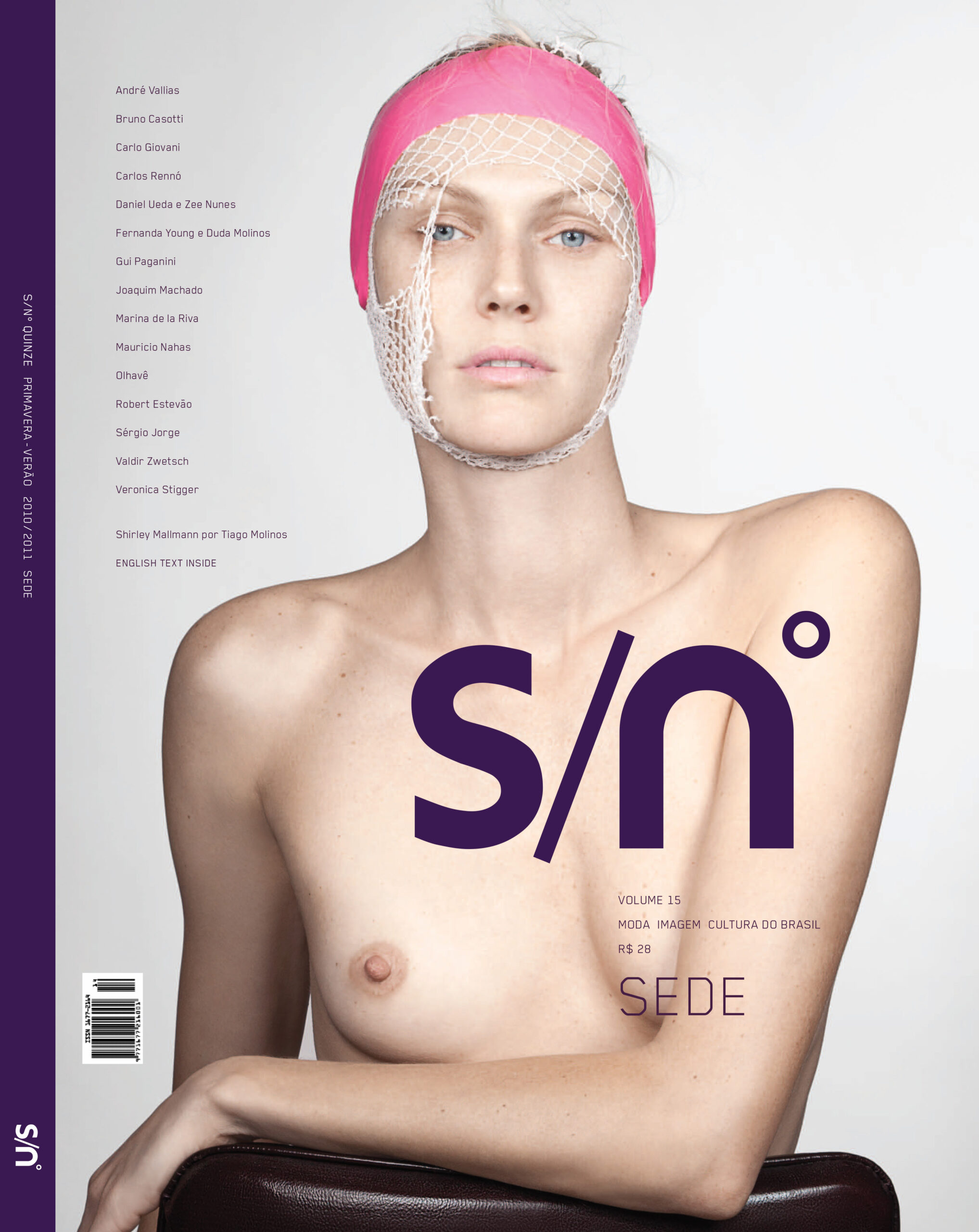 S/Nº 15 “Thirst” – Shirley Mallmann by Tiago Molinos
S/Nº 15 “Thirst” – Shirley Mallmann by Tiago Molinos S/Nº 16 “Envy” – Izabel Goulart by Bob Wolfenson
S/Nº 16 “Envy” – Izabel Goulart by Bob Wolfenson S/Nº 17 “Big” – Raquel Zimmermann by Bob Wolfenson
S/Nº 17 “Big” – Raquel Zimmermann by Bob Wolfenson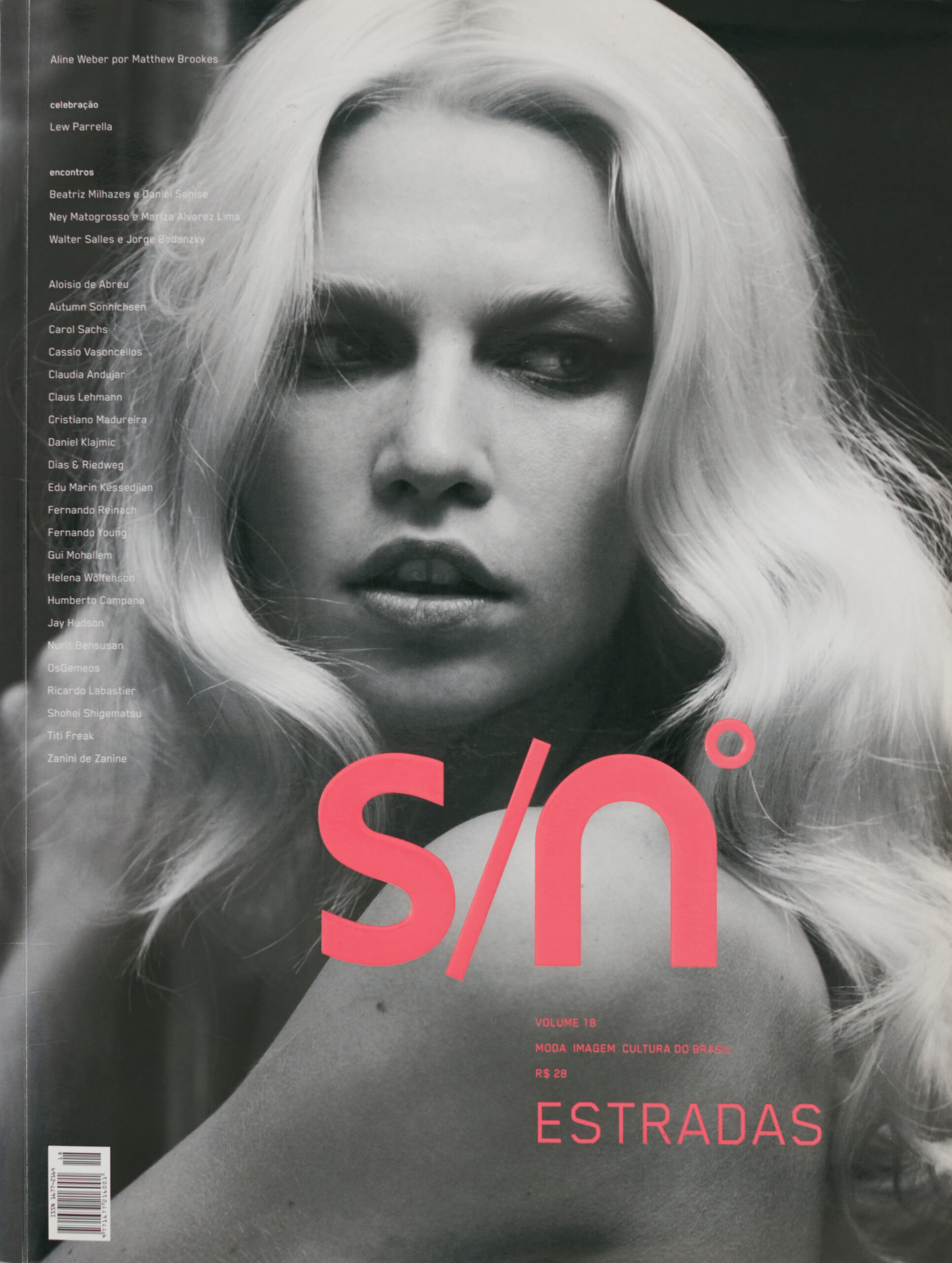 S/Nº 18 – Aline Weber by Matthew Brooks
S/Nº 18 – Aline Weber by Matthew Brooks S/Nº 19 “Wave” – Thairine Garcia by Gui Paganini
S/Nº 19 “Wave” – Thairine Garcia by Gui Paganini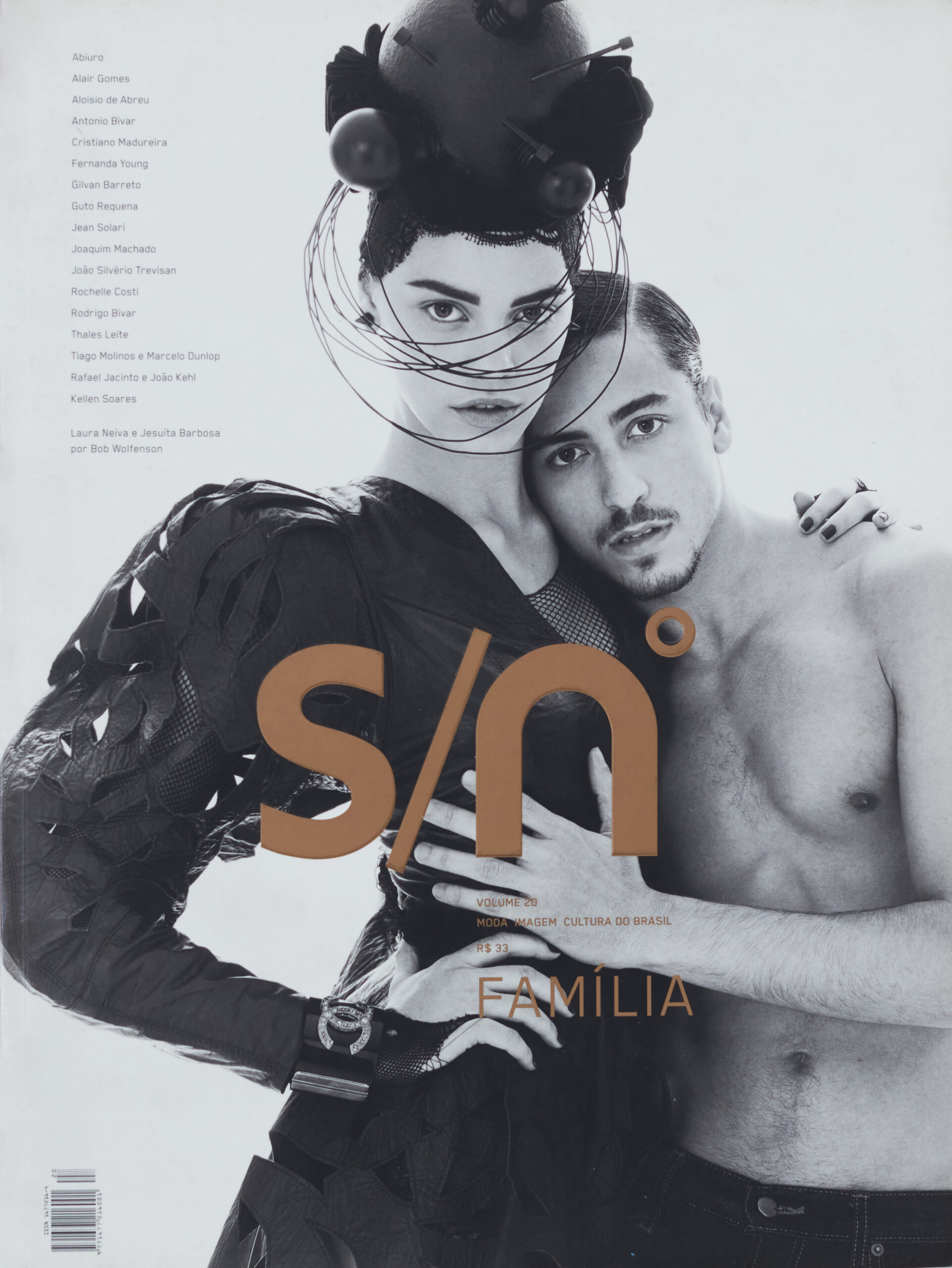 S/Nº 20 “Family” – Laura Neiva and Jesuíta Barbosa by Bob Wolfenson
S/Nº 20 “Family” – Laura Neiva and Jesuíta Barbosa by Bob Wolfenson
For 13 years I was the co-editor and partner of journalist Helio Hara in the
S/N magazine, which emerged trying to fill a void that we assumed existed in mainstream publications, which, in our view, restricted the creative space of photographers and/or image creation teams. The idea was to find a theme, choose a graphic designer for each edition and promote unlikely encounters. We defined ourselves as an encounter arena. The magazine was plural, a visual show and a milestone in graphic excellence.
It became a collector's dream and a desire for creators who always wanted to collaborate. And they did not make any money for it. Muses like Gisele Bündchen, Carol Trentini, Raquel Zimmermann, Camila Pitanga and Ana Claudia Michels accepted being on the covers for the pure pleasure of appearing on it. Designers followed one another, making each edition an object in itself, very different from the previous one. Over time, due to the complicated logistics of changing teams at each issue, we settled on designer Edu Hirama, who brought in new collaborators and gave the face of S/N in the last years of its existence. And thanks to Ricardo Feldman's commercial work, we lasted all this time. From my point of view, it was a great relief to be able to work for myself, I was my client, I invented editorials and covers and invited people to collaborate.
Circulation was low because we didn't have the resources for a good distribution.
We did it guerrilla style, we took them to newsstands and bookstores. This whole process was very rewarding. We made 2 a
year, and towards the end only one annual edition. We stopped at the peak.
BELVEDERE
